In this edition of P&P we’ll be exploring the life of the “Father of Texas Botany”, Ferdinand Jacob Lindheimer.
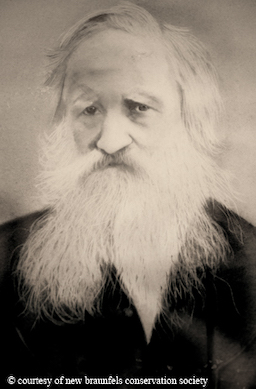
On May 21, 1801, Herr and Frau Lindheimer of Frankfurt, Germany welcomed little blue-eyed Ferdinand to the family. After schooling at the Frankfurt Gymnasium and a Berlin prep school, Ferdinand spent the next 30 years studying at universities in Bonn, Jena, and Wiesbaden.
In 1833, for political reasons, Ferdinand decided it was best for him to leave Germany. By 1834 he was in Belleville, Illinois. Not finding Belleville to his liking, he caught a boat down the Mississippi to New Orleans, LA.
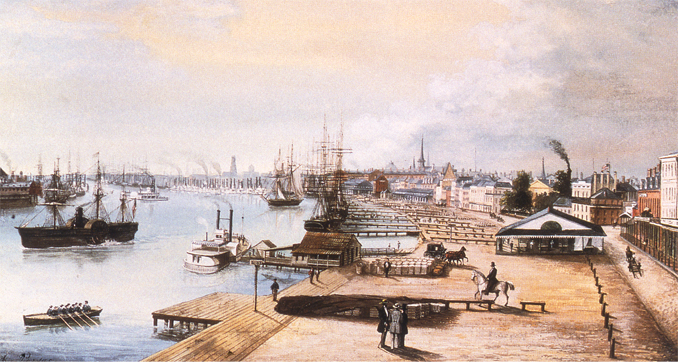
COURTESY OF THE HISTORIC NEW ORLEANS COLLECTION
After some time he and a few companions tried to go to Texas. But the Texas revolution was heating up and they wound up being sidetracked to Mexico, eventually winding up in Veracruz. There he worked on a banana plantation for over a year all the while becoming infatuated with the regional flora and fauna. But he still wanted to go to Texas and left Mexico just as the hostilities in Texas were escalating. In an effort to reach Texas he tried joining the Texas revolutionaries but alas, it was not to be. He wound up ship-wrecked on the Alabama coast near Mobile.
So close and yet, so far.
Being the headstrong German that he was, he tried once again to reach Texas and finally arrived at San Jacinto (pronounced Hah-seen-toe) the day AFTER the final battle of the Texas Revolution on April 22, 1836. Despite missing most of the action he joined the army of the new Republic of Texas and served 19 months. During this time and after his discharge in 1837 he spent any free time exploring the flora of his new home.
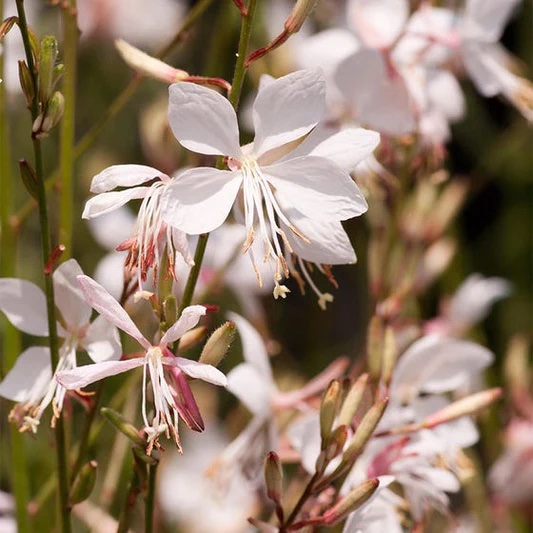
https://www.wildflower.org/plants/result.php?id_plant=OELI2
An old friend from Frankfurt, Georg Engelmann, invited Lindheimer to spend the winters of 1839–40 and 1842–43 with him in St. Louis. (Englemann had immigrated to America in 1832 and dabbled in botany as a hobby.) Lindheimer brought preserved Texas plant samples with him on these visits. Via their friendship Lindheimer’s collections came to the attention of professor Asa Gray, founder of the Gray Herbarium at Harvard University and author of the original Gray’s Manual of the Botany of the Northern United States. The plants from the Republic of Texas generated quite a bit of excitement in old Harvard Yard.
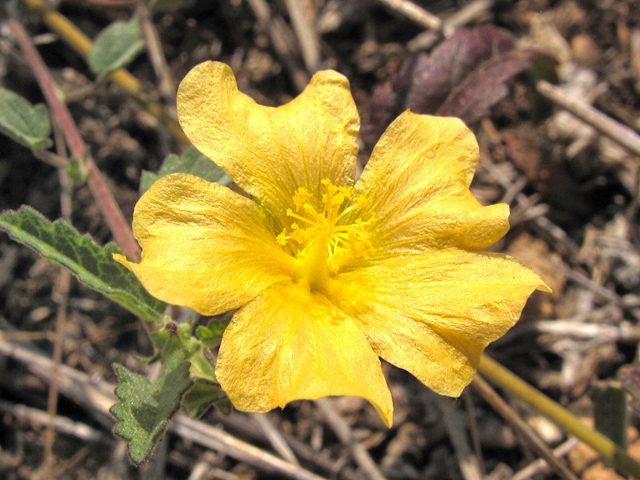
Image by Alan Cressler
https://www.wildflower.org/gallery/result.php?id_image=42619
In 1843 arrangements were made for Lindheimer to collect plant specimens for Engelmann and Gray. He spent the next nine years collecting from a variety of Texas areas, including Chocolate Bayou, Cat Springs, Matagorda Bay, Indianola, and Comanche Springs.
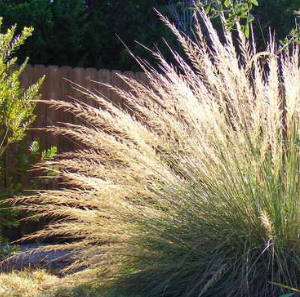
https://www.wildflower.org/plants/result.php?id_plant=muli
Over the next thirteen years, Lindheimer collected over fifteen hundred species in central and south Texas for Engelmann, Gray and others who were building collections. The samples had to be pressed and dried with multiple changes of blotting paper, then mounted and shipped. The collection date, location and habitat were logged for each specimen. Lindheimer earned $8 for each hundred specimens submitted. Occasionally he sent seeds or cuttings so Gray could try propagating the plants at Harvard. Using his own knowledge and whatever reference materials he could find, Lindheimer could place most plants in the appropriate family and make a good guess at the genus. But official classification was left to the scholars who received his samples.

Photo by Greg Goodwin
https://www.wildflower.org/plants/result.php?id_plant=ipli
In 1844 Lindheimer was granted land on the Comal River in the new community of New Braunfels, TX. and remained in the area for the rest of his life. He kept collecting, started a botanical garden, and in 1852 was elected the editor for the town newspaper, Neu Braunfelser Zeitung, one of the earliest newspapers in Texas. He was associated with the paper for the next 20 years, eventually becoming the publisher. Legend is that it never missed an issue, not even during the Civil War when newsprint was not to be had. Lindheimer printed on butcher paper, wrapping paper, and leftover paper from his plant-preserving supplies.

In 1872 Lindheimer ended his association with the paper to devote more time to his work as a naturalist. He is credited with discovering several hundred plant species and his name is used to designate forty eight species and subspecies of plants and one species of snake. ( I really wanted to put a picture of the snake here but was advised that some people don’t like reptiles as much as I do. Sigh)
In 1879 his essays and memoirs were published under the title Aufsätze und Abhandlungen.
Lindheimer died on December 2, 1879, and was buried in New Braunfels. His grave is registered on The Historical Marker Database and his house on Comal Street in New Braunfels, is a museum, a Registered Texas Historic Landmark and is on the National Register of Historic Places.
Lindheimer’s plant collections can be found in at least twenty institutions, including the Missouri Botanical Gardens, the British Museum, the Durand Herbarium and Museum of Natural History in Paris, the Harvard University Herbaria, the Smithsonian Institution, and the Komarov Botanic Institute in St. Petersburg
Want to learn more about Ferdinand Lindheimer?
https://biodiversity.utexas.edu/news/entry/the-father-of-texas-botany#:~:text=Many%20species%20in%20central%20Texas,shows%20up%20in%20people%27s%20houses.
https://www.tamupress.com/book/9781623498764/the-writings-of-ferdinand-lindheimer/
https://www.tamupress.com/book/9781585440214/life-among-the-texas-flora/
https://archive.org/details/mobot31753003757678
Thanks for a good story. I read it as I was sitting next to my gaura lindenheimeri!
You were in good company.
always happy to see these little bios! thanks!
You’re welcome!
Thanks so much for this post. I have long been interested in Texas Wildflowers and the Lindheimer mane is very familiar to me, but I didn’t know his history.
I’m glad you enjoyed it.
Always interested in the people who live on in plant names and the why. Thanks for a very interesting article.